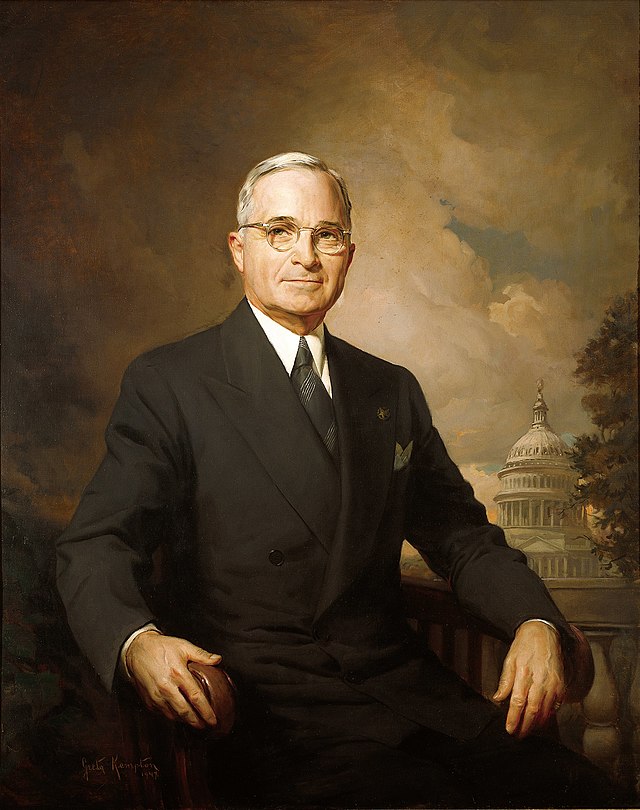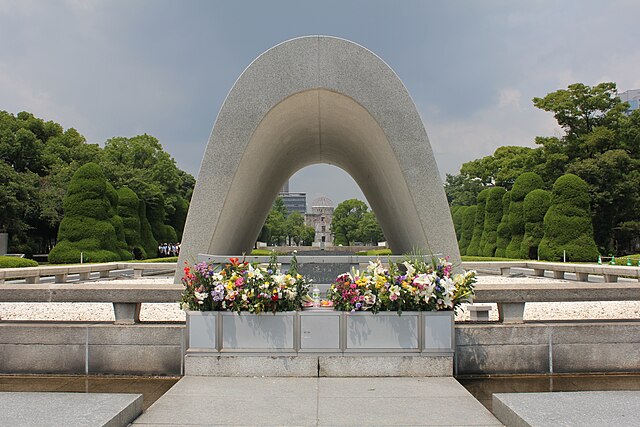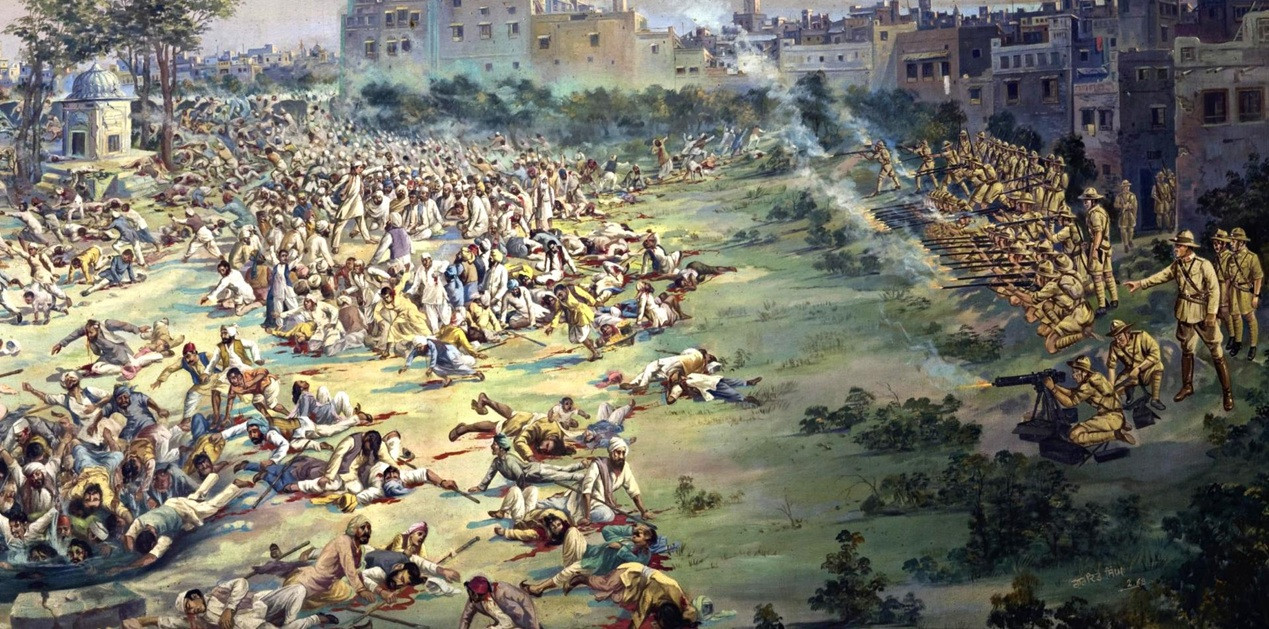The Dawn of the Atomic Age
On August 6, 1945, the world witnessed an event that forever changed warfare and humanity. The United States dropped the first atomic bomb, codenamed "Little Boy", on the Japanese city of Hiroshima. Just three days later, on August 9, another bomb, "Fat Man", devastated the city of Nagasaki. These two attacks marked the beginning of the nuclear age.
Why Did the U.S. Drop the Bombs?
The decision to use atomic weapons was one of the most controversial in history. By the summer of 1945, Japan was weakened but had not surrendered. American leaders feared that a traditional invasion of Japan would cost hundreds of thousands of U.S. lives and possibly millions of Japanese lives. President Harry S. Truman believed the bombs would end the war quickly and save lives in the long run.
There were also political motives. The United States wanted to demonstrate its military might, especially to the Soviet Union, as tensions of the postwar world were beginning to emerge. The bombings were not only a means to end the war but also a signal of America’s new global power.

Hiroshima: August 6, 1945
At 8:15 a.m., the bomb exploded over Hiroshima, instantly killing an estimated 70,000 people. The mushroom cloud, a haunting symbol of destruction, rose high above the city. In the days and months that followed, tens of thousands more succumbed to radiation sickness, burns, and injuries.

“The city was a ruin. I saw people burned, their skin peeling, walking like ghosts in silence.” — Survivor testimony
Nagasaki: August 9, 1945
Three days later, Nagasaki suffered the same fate. Though the mountainous terrain somewhat contained the blast, the destruction was immense. About 40,000 people died instantly, and another 30,000 perished from injuries and radiation effects in the weeks after.

The Human Cost
The survivors, known as hibakusha, endured lifelong health struggles, social stigma, and trauma. Many shared their stories so the world would never forget the horrors of nuclear war. Their voices remain powerful reminders of human suffering and resilience.

The Legacy of Hiroshima and Nagasaki
The bombings forced Japan to surrender on August 15, 1945, bringing World War II to an end. Yet the moral and political debates over the attacks remain unresolved. Supporters argue the bombs saved lives by avoiding a bloody invasion, while critics view them as unnecessary and inhumane.
Today, Hiroshima and Nagasaki are symbols of peace. Their memorials remind the world of the catastrophic consequences of nuclear weapons and the urgent need for disarmament.

Conclusion
Hiroshima and Nagasaki are not just historical events — they are warnings. They remind us of humanity’s capacity for destruction, but also its ability to rebuild, reflect, and strive for peace. The responsibility to ensure such a tragedy never happens again lies with all of us.
urvival-and-legacy


